A Book Exploring the Beauty of Japanese Gardens
Horticulturalist Sophie Walker, who also holds a degree in art history, pays homage to these gardens and their history in 'The Japanese Garden'.
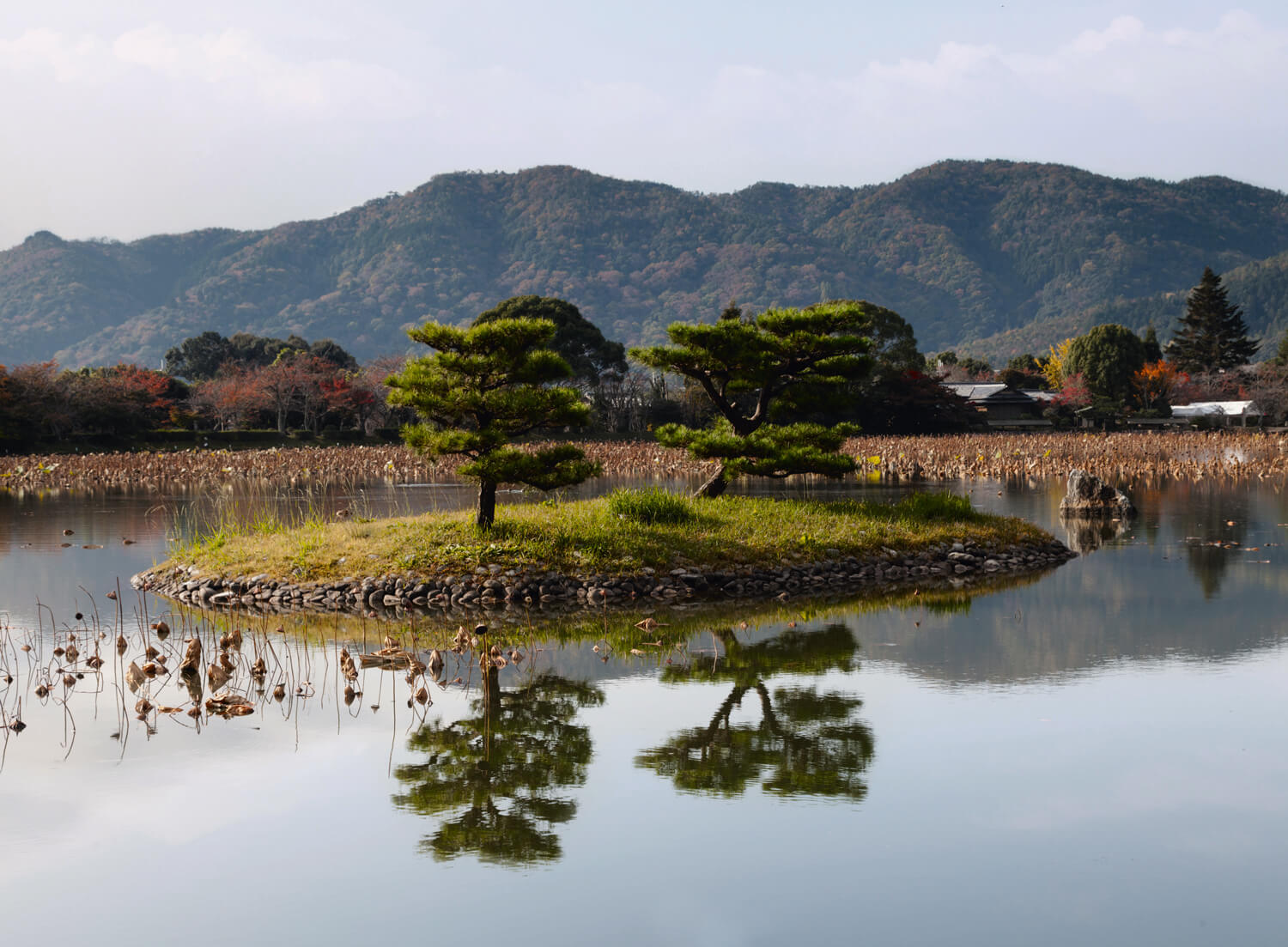
Daikaku-ji, Kyoto, 814, Heian Period. Picture credit: Travellinglight/Alamy Stock Photo (page 83)
Far from the clean, ruler-straight paths found in French gardens and a million miles away from the more imposing quality to English gardens, Japanese gardens are designed to be spaces for freedom, where nature is studied and guided to then reproduce its wild beauty in miniature, and where symbolic ‘zen’ elements are added in different places.
This book by Sophie Walker, keen horticulturalist and art history graduate, offers no practical tips and she does not claim to be a master of gardening: it explores Japan through its most beautiful gardens without giving their address. The book starts from one hundred concrete examples and beautiful images to then reveal, through rich and precise explanations, another dimension of the Japanese garden: that, born in the 13th century, of a space dedicated less to aestheticism and strolling around than to reflection, philosophy and spirituality.
The Japanese Garden (2017) by Sophie Walker, published by Phaidon
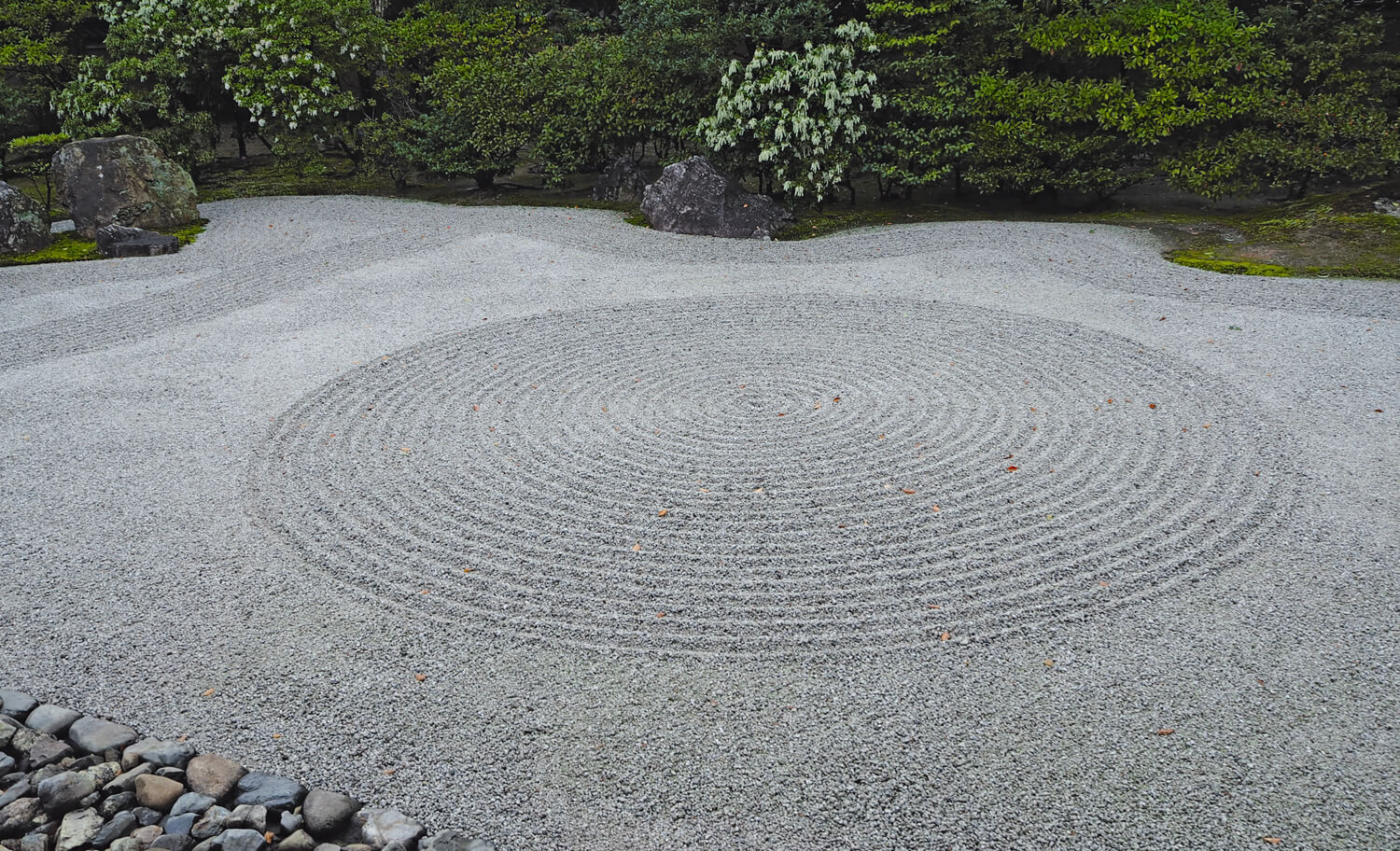
Kennin-ji, Rinzai Zen Buddhism, Kyoto, 1202, Kamakura Period. Picture credit: Photograph © Sophie Walker (pages 170-171)
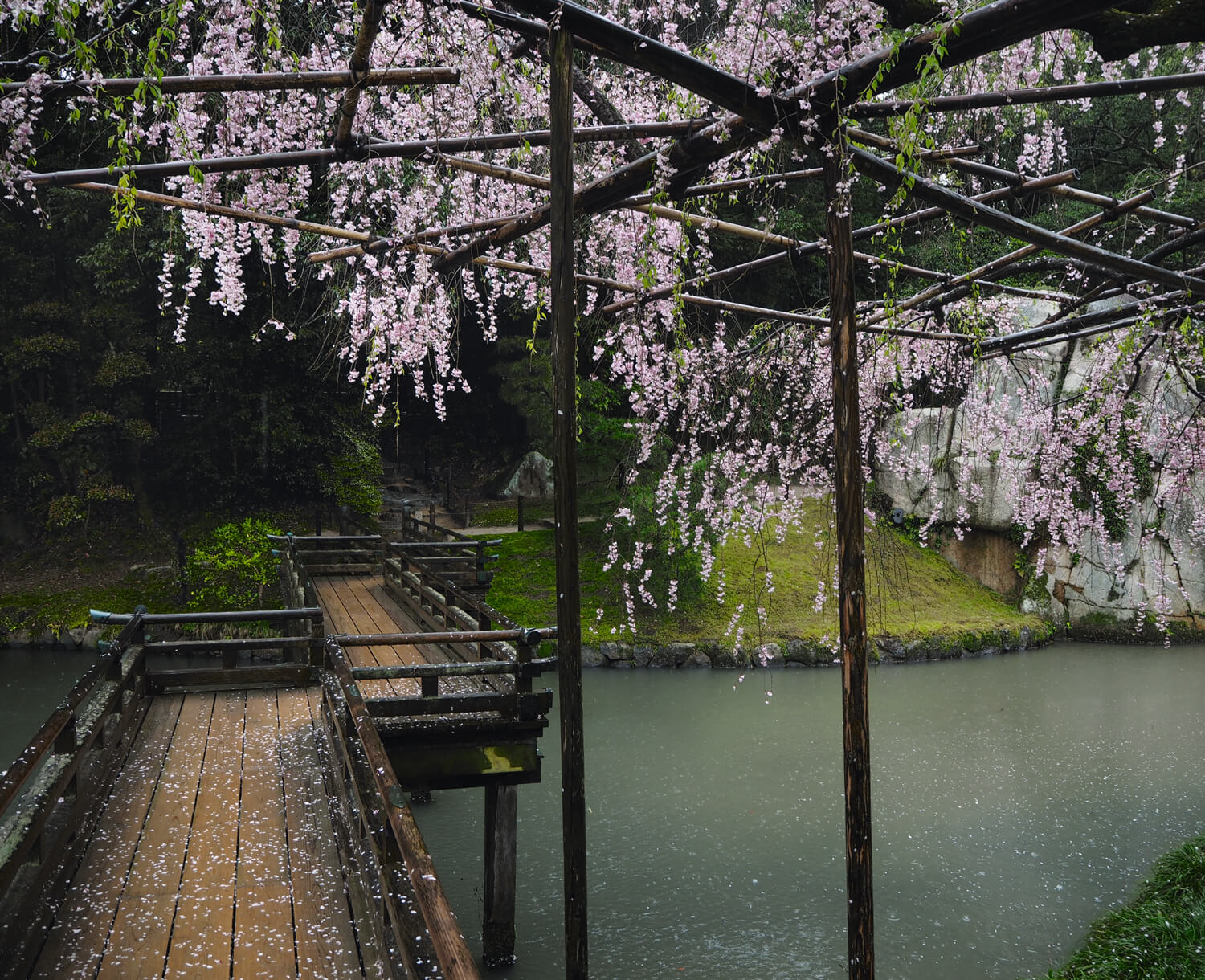
Cherry blossom above a wooden bridge at Kōraku-en, Okayama. Picture credit: Photograph © Sophie Walker (page 202)
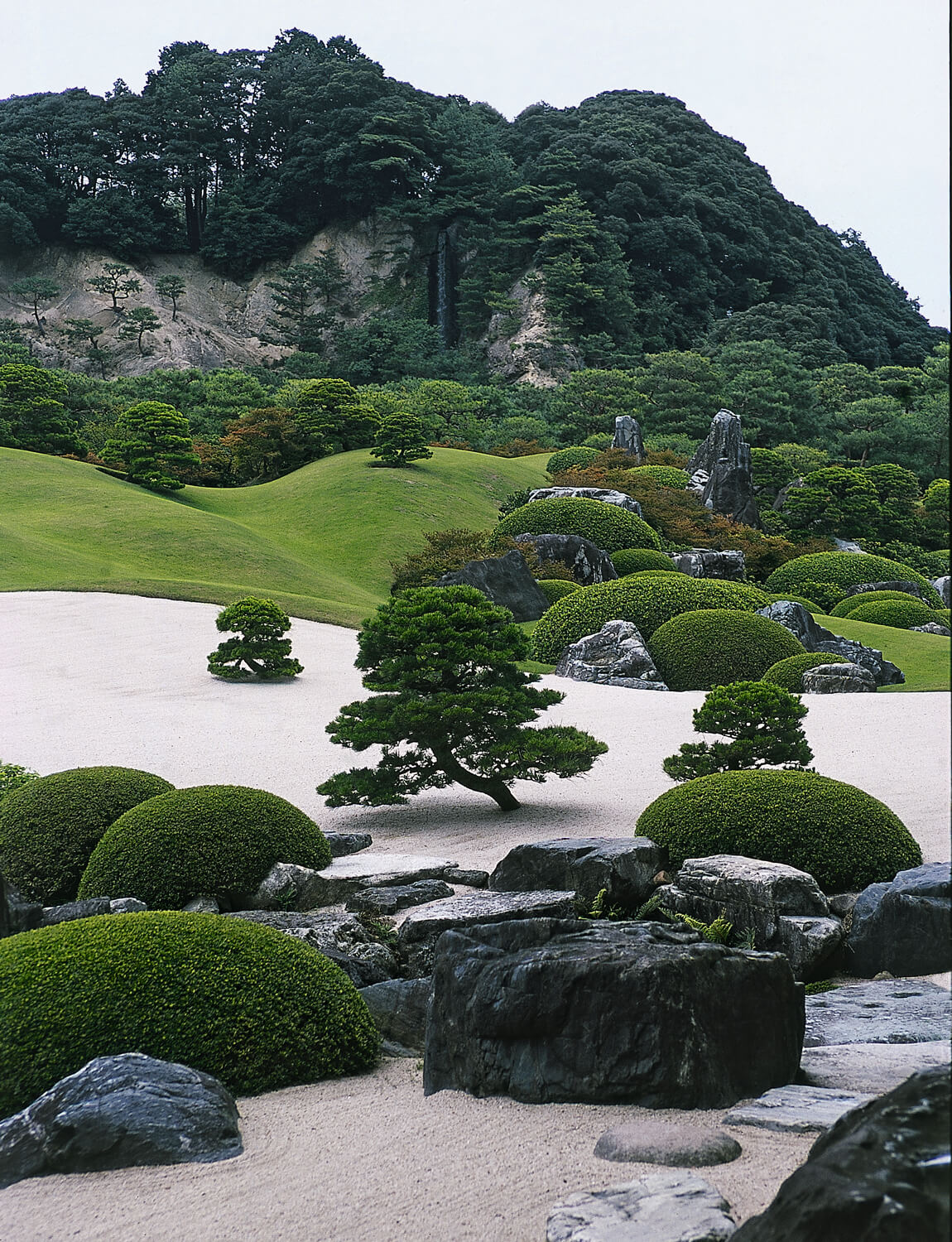
Adachi Museum Garden, Yasugi, 1970, Shōwa Period, Zenkō Adachi. Picture credit: © Malcolm Raggett (page 133)
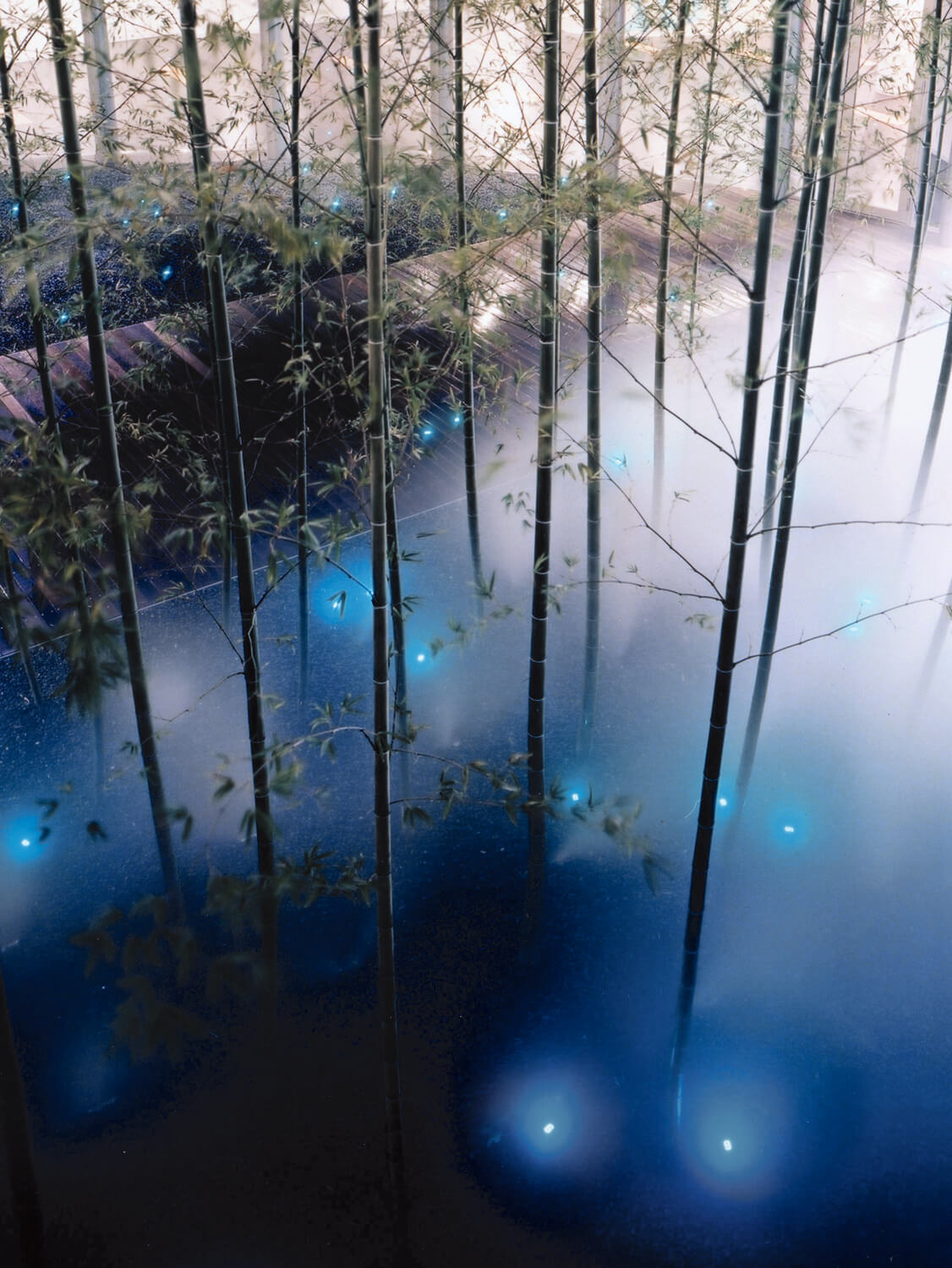
Time Garden, Izumi City Plaza, Osaka, 2002, Heisei Period, Tatsuo Miyajima. Picture credit: © SS Osaka. Courtesy Tatsuo Miyajima (page 221)
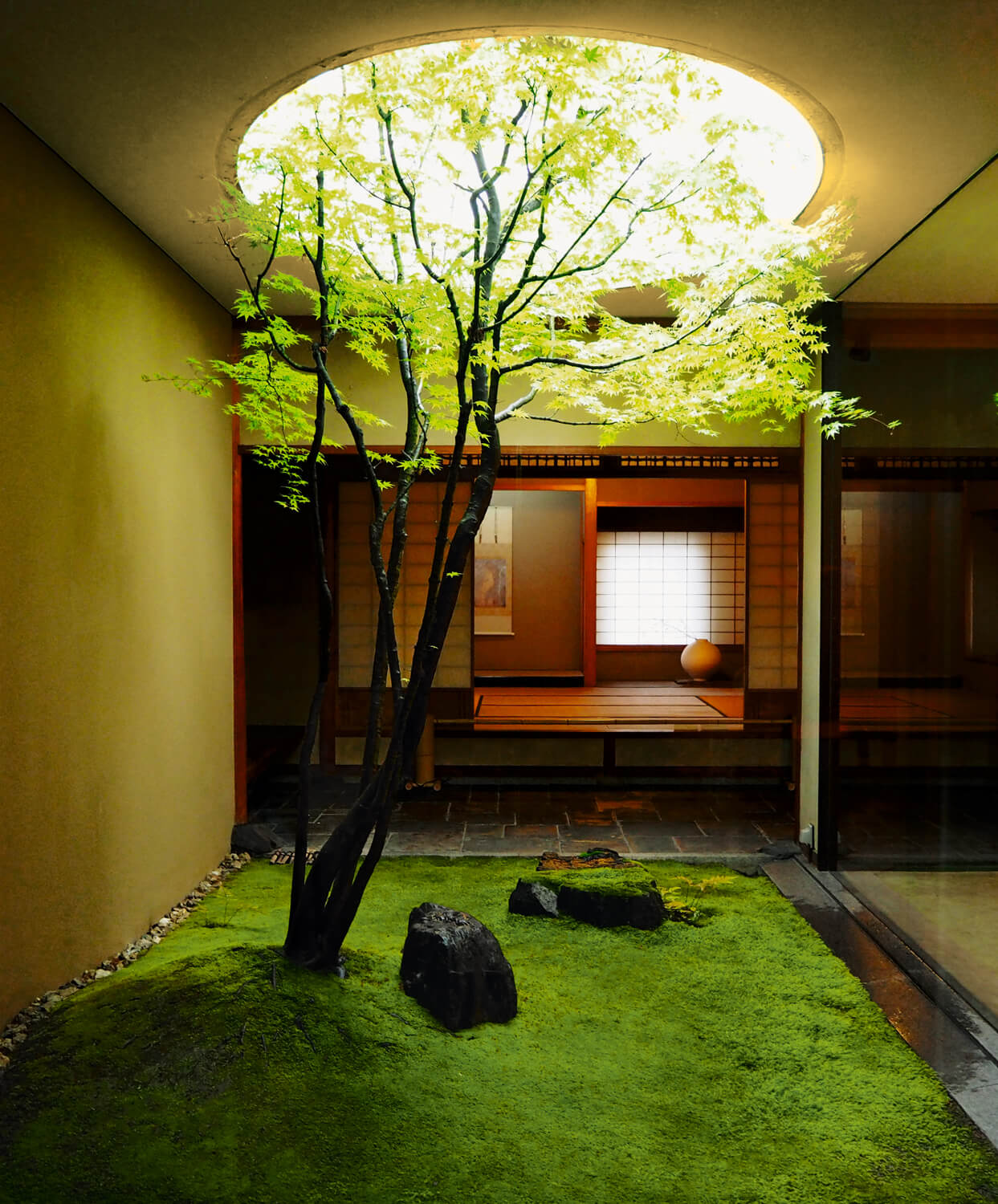
Kahitsukan Kyoto Museum of Contemporary Art, Kyoto, 1981, Kajikawa Yoshitomo with Akenuki Atsushi. Picture credit: Photograph © Sophie Walker (page 235)
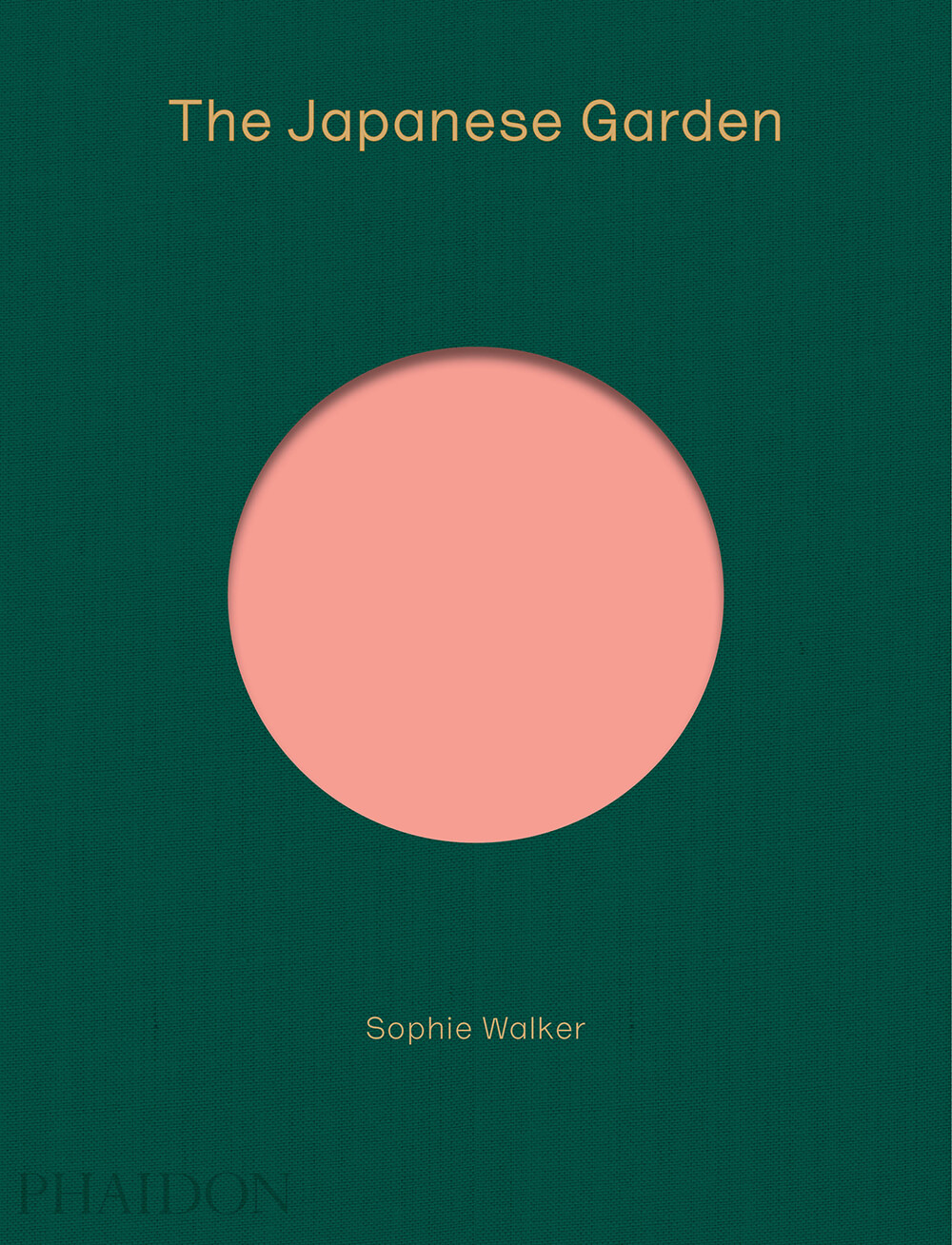
The Japanese Garden, Sophie Walker, Phaidon
TRENDING
-
The Tattoos that Marked the Criminals of the Edo Period
Traditional tattoos were strong signifiers; murderers had head tattoos, while theft might result in an arm tattoo.

-
Chiharu Shiota, Red Threads of the Soul
Last year, more than 660,000 people visited the retrospective 'Chiharu Shiota: The Soul Trembles' exhibit at the Mori Art Museum.

-
‘Before Doubting Others, Doubt Yourself. Who Can Truly Say a Dish Isn’t What It Used to Be?’
In ‘A Non-Conformist’s Guide to Surviving Society’, author Satoshi Ogawa shares his strategies for navigating everyday life.

-
The Story of Sada Yacco, the Geisha who Bewitched Europe
Described by Dazed magazine as the first beauty influencer, she has been restored to her former glory since 2019.

-
Ito Jakuchu's Naturalist Paintings
From 15 September until 14 October 2018, the Petit Palais showcased the artist's iconic ‘Images of the Colourful Realm of Living Beings’.





